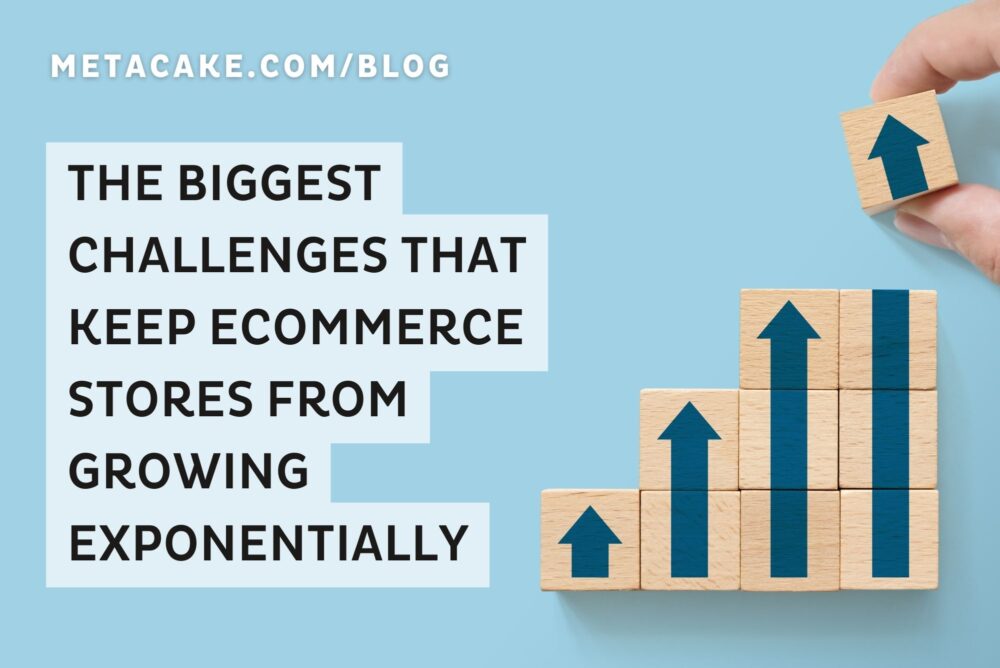
How to Build a Complete Conversion Rate Optimization Strategy (Part 3 of 6)
Do you need to be doing conversion rate optimization?
Let me ask that question a different way…Do you have a website? Do you have traffic?
If so, the answer is yes 99.99% of the time.
You might think CRO is just valuable for ecommerce stores. It’s not. CRO provides great value for any website with a specific goal for its visitors, whether that be a purchase, a signup, or an interaction…
And, not to be blunt, but if your website doesn’t have a specific goal, stop wasting your time online. Every business needs to be optimizing its conversion rate to make the most out of its website and marketing dollars.
Five Steps to a Foolproof CRO Strategy
1. Scrutinize your analytics
Google Analytics tells you a lot about your audience overall, but we recommend using Deep Analytics as well to get a more precise picture of your users’ behavior. This will give you insight not only into aggregate visitor behavior, but a clear view into each specific customer. Once you’ve made sure all your analytics systems are properly installed and giving you the most accurate and useful information, you should use that data to identify opportunities to optimize your site experience and cater to targeted inbound traffic.
2. Fix leaky conversion funnels
Think of your business as a giant funnel with holes in it. Ideally, a steady supply of water should enter through the top of the funnel and flow out of the bottom. But when you turn on the tap, water sprays out of holes you didn’t know existed.
When you’ve got holes in your strategy and your conversion funnels are broken, your business leaks conversion opportunities — and therefore money — at a dangerous rate. The goal of conversion rate optimization is to plug these holes in your conversion funnel so that you aren’t leaking money.
The conversion funnel is the user’s path through your site to the intended goal, whether that be getting them to buy, watch a video, or signup. Figure out where on that path they’re going astray so you can lead them to your desired destination.
Which brings us to our next step…
3. Identify the best opportunities for CRO & prioritize those pages
Pick any page on your website and you’ll find at least five to ten elements that you could test to improve your conversion rate…but unless you’re doing multivariate testing, you can’t test them all at once. Instead, go after the low-hanging fruit, starting from your goal and working backward to see where your funnel needs patching.
Let’s say you want to increase conversions from your shopping cart page. You’re getting people to the page, but for some reason, they abandon the cart rather than following through with the purchase. The goal is to identify which elements on the page are hindering conversions, and what you need to improve or eliminate. The answers are right there on the page, but you need to run tests in order to decipher them.
A good rule of thumb for choosing which pages to test is starting with the highest point of failure. If only 10-15 percent of users who land on your product listing make it to your product page, start there. If only 10 percent of those who click through to the product page get to check-out, add that to the testing list. You get the picture.
Break it down. Whether it’s your search page, sign-up page, product page, shopping cart, contact form, or checkout page that’s not converting, test it and figure out why.
4. Run targeted tests
You already know you can’t start testing elements willy nilly, so once you’ve chosen the pages you want to test, you need to decide which aspects of the page to address.
Ask yourself these questions to narrow it down:
- What do we want visitors to do on this page, and is that clear to them? Don’t make users guess what they’re supposed to do or leave any room for frustration. Tell them what you want them to do through your copy and design, and make it effortless for them to comply.
- What are the distractions? Having too many elements distracts users, drawing their attention to other pages or causing them to navigate away from your site entirely. Don’t leave irrelevant shiny objects lying around your design, taking your users’ attention away from your goal.
- What are users’ previous experiences and expectations for pages like this? You want a unique design, but also one that conforms to general usability standards so users don’t feel awkward or get confused using your site.
- Is your visual design appealing and intuitive? Users shouldn’t feel disoriented or overwhelmed by competing design elements. In fact, they shouldn’t consciously notice the design at all, but simply focus on the information or call to action on the page.
When you have your list of elements you want to test, work with your design and development teams to create two or three variations of each element, keeping their specific purposes in mind.
Let’s take another look at our shopping cart example. That page’s sole function is to close the deal on a conversion, so it’s likely a bad idea to distract customers with shiny buttons or blog links once they’re there. Upsells might even cause customers to abandon their cart. Keep the user’s expectations in mind and make the check-out process as easy and intuitive as possible.
But don’t take our word for it… run the test!
Apply this same thought process to each page you test.
Try to think as the customer, identifying what might cause your attention to wander or which conversion practices are actually turn-offs at each point in the buying journey. You may even want to do some usability testing to gather ideas for what elements on your website aren’t intuitive and need to be improved.
And remember that your different test variations should be more complex than subtle color changes or simply removing an element here or there. You’re testing how users interact with the site, so focus on elements that are core to the user’s experience.
A word of warning: Don’t ever take anyone’s word over cold, hard test results.
Take our word for it.
A design team might say, “this looks good to us,” but that means nothing if the site changes don’t bring in higher conversions. Always test for your audience, and hold off on authorizing any permanent changes until you have sufficient information to make a decision.
Set benchmarks for when you’ll have enough data to analyze your CRO’s impact, but be patient. Companies often base major site changes on early test results, which can undo all the work that led up to the tests. Working with incomplete or inaccurate data sets only hurts your long-term goals. Most testing platforms will tell you when your results are statistically significant, so wait until you’ve had enough users go through your test to make decisions that are truly effective.
5. Launch & repeat
Finally have enough data to make an update to your site? Great!
Now start the process all over again.
Whether you continue testing on a single page or move on to another part of the site, you should always be on the lookout for opportunities to improve conversion.
Good businesses never stop testing. Unless your conversion rate is 100% (which it’s not…), there is room to grow and you should be testing. No matter how many conversions your site yields today, you want to have a constant eye on your analytics. The earlier you catch problems or identify potential opportunities in your process, the sooner you can transform them into conversion gold mines.


